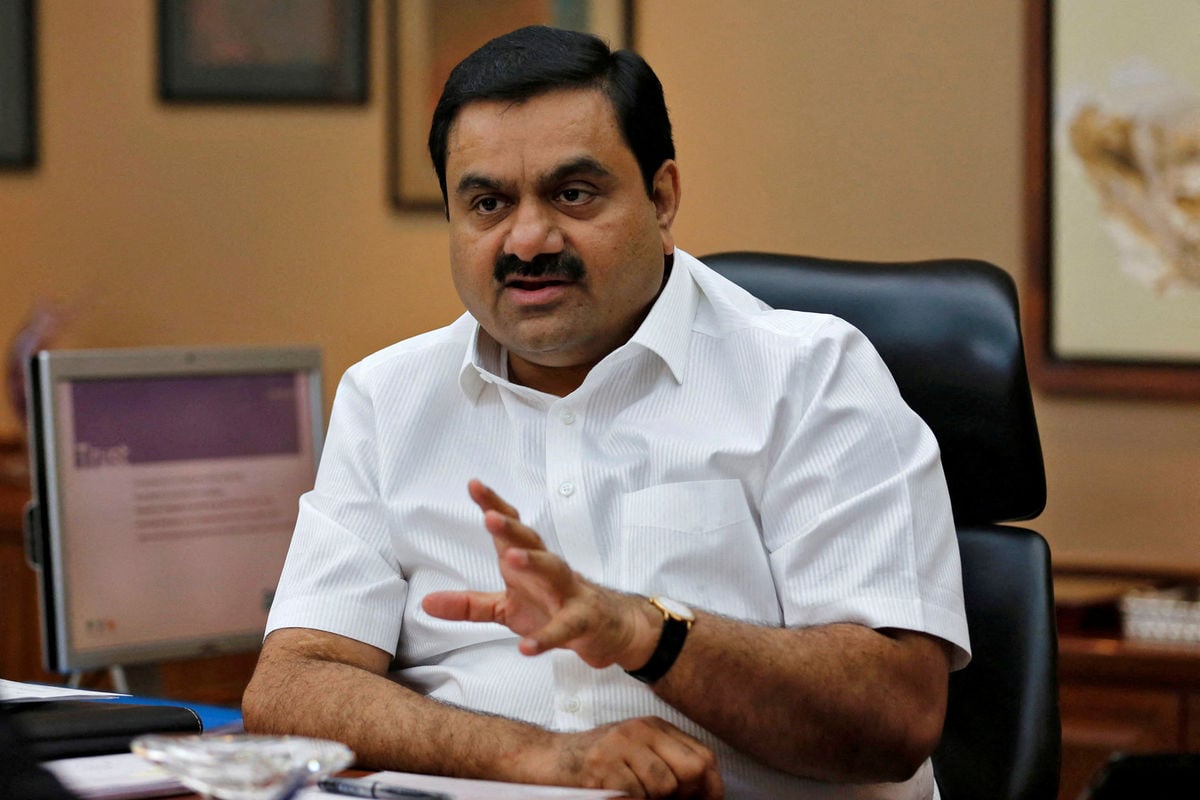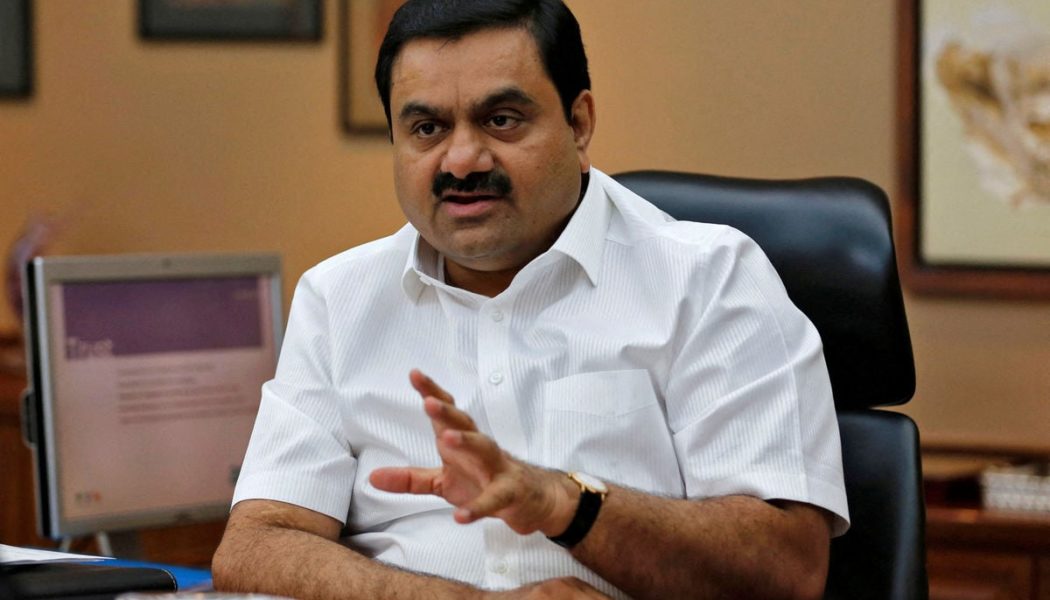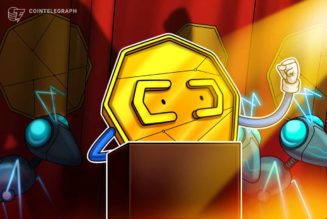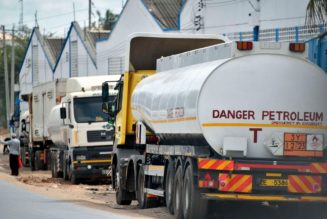
Kenyan authorities on Tuesday failed to reveal the proposed tariff that India’s Adani Group will charge households and firms for building high-voltage power lines, falling short of the legal requirement of full disclosure.
The Public Private Partnership Act requires a State agency shepherding a deal to publish in at least two national newspapers details relating to the project agreements, including “the project tariff, if applicable.”
On Tuesday, Kenya Electricity Transmission Company (Ketraco) published details of the Sh96 billion Adani deal in one national newspaper, the Star, but failed to disclose Adani’s proposed tariff.
Ketraco termed calls for the release of the proposed tariff premature, even as it disclosed other elements of the Adani deal, including its expected annual revenues of $164.09 (Sh21.2 billion)—which forms the basis for calculating the charges.
The conglomerate through its subsidiary Adani Energy Solutions Limited and a unit of the African Development Bank were awarded a public-private partnership (PPP) concession to build the power transmission lines for $1.3 billion.
The firms are expected to recoup their investments through a new charge in households’ monthly electricity bills technically called a wheeling charge.
Besides the expected revenues, Ketraco published the cost of the project (Sh95.16 billion), debt to equity ratio (70:30), cost of debt (11.5 percent) and return of equity of 16 percent.
Ketraco noted in the disclosure that it would push for a cut on the project’s cost through competitive sourcing of materials, concessional debt and lower returns to reduce the expected revenues and ultimately lower the wheeling charge.
The State agency, however, failed to reveal the projected tariff, adding a layer of secrecy that has fuelled opposition to Adani projects and dimmed overseas expansion plans of firms owned by Gautam Adani, India’s second-richest man.
On the energy deals, Adani is expected to build and operate three transmission lines and two sub-stations for 30 years.
“If we are still negotiating financial terms, how could we have tariffs?” Ketraco managing director John Mativo posed in a phone interview with the Business Daily, saying that the financial details of the deal including the proposed tariff remain under discussion.
Dr Mativo said Ketraco and Adani Energy Solutions had achieved commercial closure and are working to achieve financial closure.
“The law gives them 365 days to get financial closure,” he said, arguing that Adani’s final financial proposals are pending credit terms from financiers and competitive bids for construction of the high-voltage lines and the stations.
Adani is facing intense opposition to his plan for a 30-year lease to operate Jomo Kenyatta International Airport (JKIA) in Nairobi, which has triggered a court battle.
Presently, Kenya uses taxes and debt to build the high-voltage power lines through Ketraco.
Kenya Power pays Ketraco a wheeling charge for the high-voltage power lines at Sh0.82 per unit of power consumed by homes and businesses.
The utility firm paid Ketraco a wheeling charge of Sh2.72 billion in the year to June 2023 for lines built by taxpayer’s cash.
But with little room for additional borrowing, the State is turning to PPPs to bridge the infrastructure gap, watering the market for firms like Adani.
The Indian conglomerate is expected to generate outsized profits for 30 years before handing over the lines to the Kenyan government.
It will spend Sh95 billion on capital expenditure, and expects to generate revenues of Sh634 billion in the 30 years or Sh21.2 billion annually. This excludes other expenses like debt, salaries and maintenance costs.
Ketraco is keen on Adani building the lines and substations for Sh94.5 billion and its revenue expectations to Sh404.3 billion or Sh13.4 billion annually, according to documents seen by the Business Daily.
Adani wants to finance the project using 70 percent debt and 30 percent equity, but Ketraco wants the Indian firm to increase the debt component to 75 percent as it is cheaper than equity.
“As you know equity is more expensive than debt,” said Dr Mativo.
Under the PPP deal, Adani is seeking to construct two power transmission lines and two substations.
This includes a 206km 400kV Gilgil-Thika-Malaa-Konza power transmission line that will boost power supply around Nairobi. The line is expected to be completed in 2027.
Adani will also build the 70km 132kV Menengai-Olkalou-Rumuruti transmission line that will extend high voltage to Olkalou, providing an alternative evacuation path for the Menengai geothermal complex. The line is slated for completion in 2028.
Adani will also build two substations — the 132kV Thurdiburo substation and the 400/220/132kV substation at Rongai—both set to be completed by 2028.
Presently, Kenya uses taxes and debt to build the high-voltage power lines through Ketraco.
But with little room for additional borrowing, the State is turning to PPPs to bridge the infrastructure gap.
Ketraco’s deal with Adani Energy has been marred by concerns over how the public participation was conducted. IC Law LLP, a city law firm, unsuccessfully pushed to have the names of other firms that bid alongside Adani Group made public.
The law firm also wanted Ketraco to make public details on the financial health of the Adani Energy subsidiary, findings of recommendations from public participation over the deal, and also the legal advice that the office of the Attorney-General gave Ketraco on the deal.
Previous reports by Ketraco had valued the five projects at around $475.38 million (Sh61.2 billion), less than what Ketraco and Adani Energy Solutions announced at Sh33.5 billion.
Dr Mativo explained that the variation was due to the fact that the figures contained in the Transmission Masterplan only focus on engineering, procurement and construction (EPC) costs.
“But you know Adani came in as an investor. Apart from the EPC costs, there is the cost of wayleaves, taxes, project development, project management, cost of insurance and cost of insurance,” he said.









